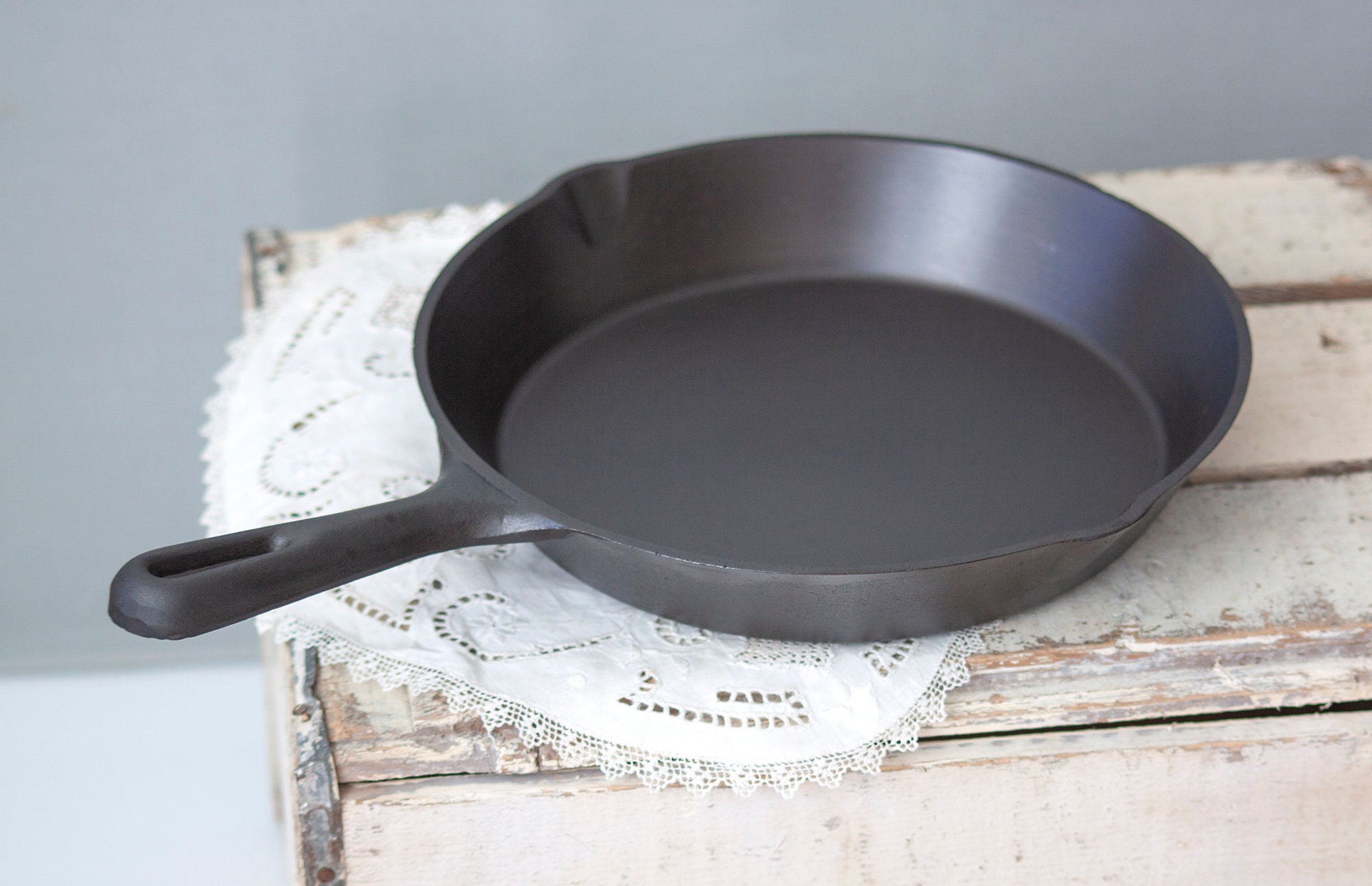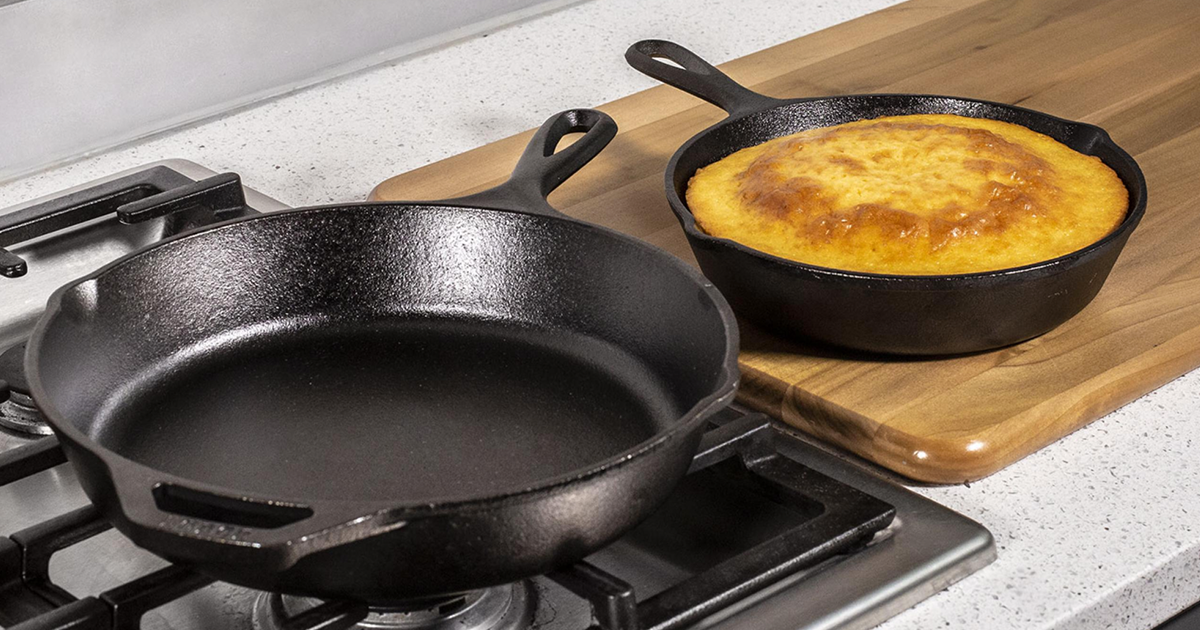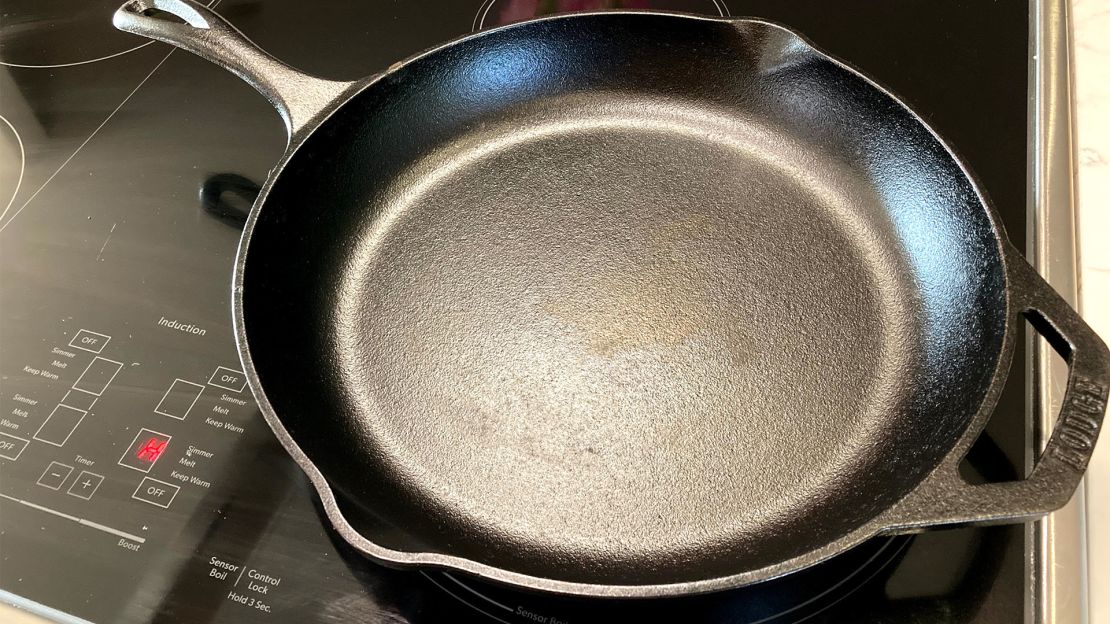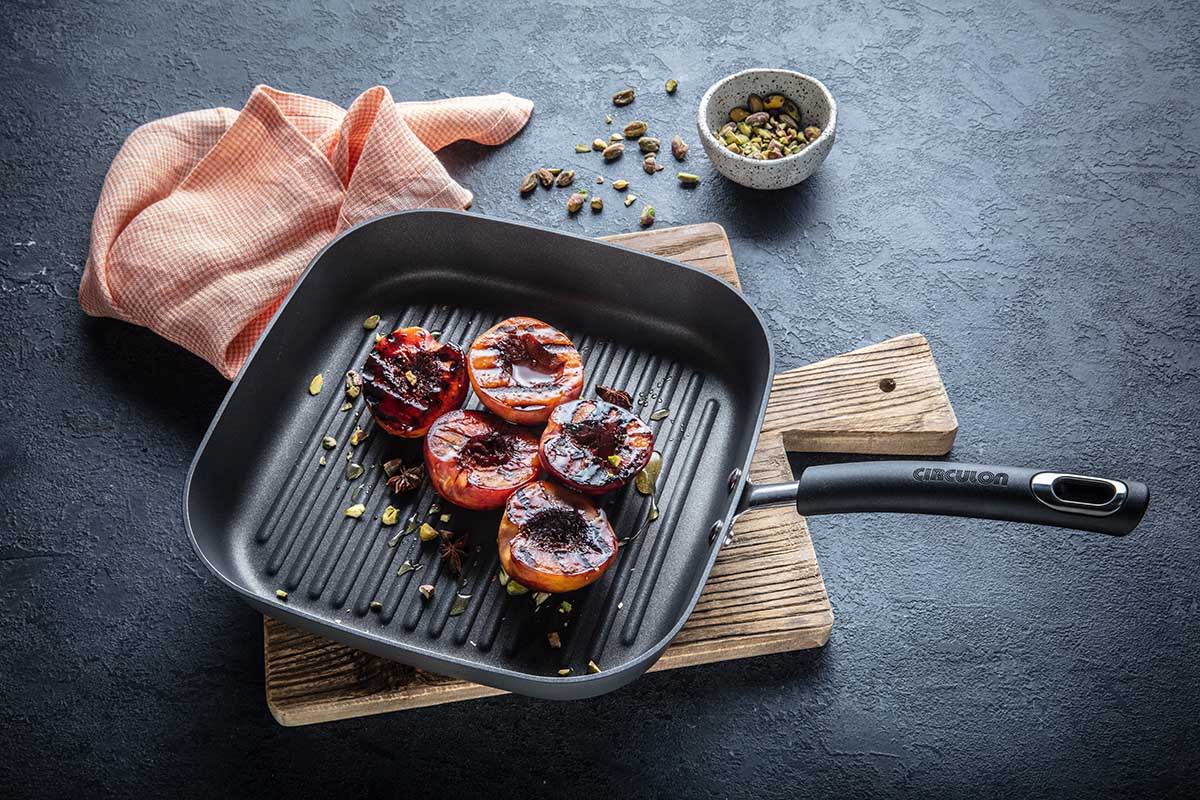In the realm of cooking, few skills are as fundamental yet rewarding as knowing how to season a used cast iron skillet. If you are a kitchen professional, you understand that a well-seasoned skillet can be the difference between an ordinary dish and a culinary masterpiece. The art of seasoning a cast iron skillet is not just a silencing ritual; it's a way to add flavor, increase the durability of your cookware, and enhance your cooking experience. In this article, we will explore the essential steps and tips on how to season a used cast iron skillet effectively.
In todays fast-paced culinary world, the need for reliable kitchenware is paramount. A cast iron skillet, known for its remarkable heat retention, can elevate your cooking game. Learning how to season a used cast iron skillet can extend its life and improve its performance significantly. You might be shocked to realize that many professionals overlook this vital step, leading to dissatisfaction with their cooking results. Let us dive deeper to understand the process and technology behind this remarkable technique.

Understanding the Importance of Seasoning
Seasoning is essentially the process of applying a protective oil layer on the cast iron surface. This process provides two major benefits:
- Non-Stick Surface: A well-seasoned skillet creates a natural non-stick surface, making cooking and cleaning easier.
- Rust Prevention: The seasoning layer prevents moisture from causing rust, which is vital for maintaining the skillet's usability.
Key Benefits of Seasoning Your Skillet
1. **Flavor Enhancement**: Properly seasoned skillets not only make cooking more enjoyable but also add a depth of flavor to the dishes prepared.
2. **Durability**: A well-maintained skillet can last generations, making it a worthwhile investment for professionals.
3. **Cooking Versatility**: From frying eggs to baking cornbread, a seasoned skillet can handle various cooking tasks.
Step-by-Step Guide on How to Season a Used Cast Iron Skillet
To effectively season your skillet, follow these easy steps:
Step 1: Prepare Your Skillet
Before seasoning, make sure that your cast iron skillet is clean. You can wash it using warm water and a stiff brush. If there is any stubborn residue, visit our article on cleaning burnt residue to find effective methods.
Step 2: Dry the Skillet Thoroughly
It is essential to dry your skillet completely to avoid moisture, which can lead to rusting. You can place it on low heat on the stove for a few minutes to ensure it is completely dry.
Step 3: Apply Oil
Select an oil with a high smoke point such as vegetable oil, flaxseed oil, or canola oil. Apply a thin layer of oil inside and out using a paper towel, making sure to cover every surface.
Step 4: Bake Your Skillet
Place your oiled skillet upside down in an oven preheated to 450-500 degrees Fahrenheit. This allows excess oil to drip off while creating a solid seasoning layer. Let it bake for about an hour.
Step 5: Cool Down and Repeat
After baking, turn off the oven and let the skillet cool inside. For best results, repeat this process 2-3 times. This will ensure a robust seasoning layer.
Things to Avoid When Seasoning
Many professionals fall into common traps when seasoning their skillets. Here are critical mistakes to avoid:
- Using Too Much Oil: Applying excess oil can lead to a sticky surface instead of a smooth finish.
- Not Cleaning Properly: Residue on the skillet can result in uneven seasoning.
- Choosing the Wrong Oil: Low smoke point oils will break down quickly and may ruin your seasoning.
Restoring Old and Rusty Skillets
If you have an extremely rusty skillet, you might need to strip it down before seasoning. You can achieve this by:
- Removing Rust: Use steel wool to scrub away rust gently. Refer to our guide on repairing skillets.
- Re-Seasoning: After removing rust, follow the seasoning steps outlined above.
Maintaining Your Seasoned Skillet
Once your skillet is seasoned, maintenance is critical. Always clean it right after use to prevent food build-up. Refer to our article on cleaning skillets for effective maintenance tips. You should also avoid cooking acidic foods, which can strip the seasoning.

Frequently Asked Questions
1. Can I use soap on my cast iron skillet?
While it's best to avoid soap, a small amount can be used to clean stubborn residues, but it may strip some seasoning.
2. How often should I season my cast iron skillet?
It is advisable to season your skillet after every 5 to 10 uses or if you notice any dull spots.
3. Can I store food in a cast iron skillet?
It is not recommended to store food in your skillet, as this can lead to moisture build-up and rust.
As an Amazon Associate, I earn from qualifying purchases.





Leave a comment
This site is protected by hCaptcha and the hCaptcha Privacy Policy and Terms of Service apply.